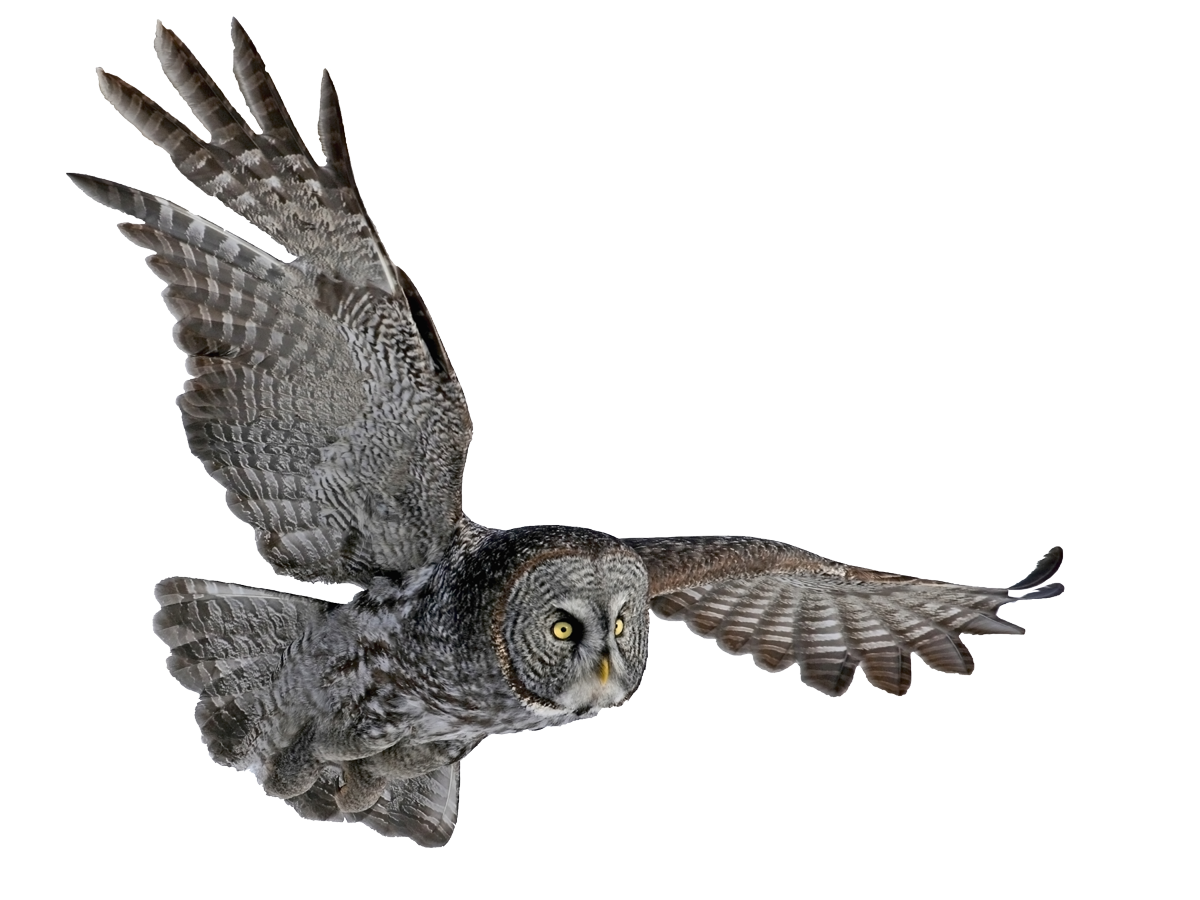Pest categories

House mouse
Common carpet beetle, fur beetle, museum beetle and larder beetle
Fleas
Clothes moth and case bearing clothes moth
Pharaoh ants
Black rat
Flies and houseflies
Gulls
Other pests of stored foodstuffs are beetles
Mediterranean Flour Moth, Indianmeal moth, cacao moth and Broad-barred knot-horn moth
Wood-damaging beetles
Meat flies
Domestic pigeon
Brown rat
Fruit flies (drosophila)
Ants
Cockroaches
Wasps
Bed bugs
Raven birds
Sparrows
Contact us
Meat flies
There are about 100 species of green or blue flesh flies throughout Europe. Meat flies are large ⎯ about 1⎯1.5 cm long. Their larvae breed in decaying organic tissue, usually meat. Meat flies are also known as blue and green flies.
Why it is a pest?
They carry a wide range of pathogens: viruses, bacteria and other micro-organisms.
They contaminate food, dishes and surfaces with faeces.
Meat and meat products are rendered unfit for consumption.
They create discomfort in living and working environments.
Which areas are relevant?
- Home
- Public health
- Offices
- Food industry
- Storage areas for foodstuffs and their raw materials
- Catering establishments
- Accommodation service companies
- Hospitals and other health facilities
What do they harm and who do they harm?
- Open meat/food products
- Stored meat products and raw materials
- They undermine the image of companies
Key attributes
A female lays hundreds of eggs in her lifetime and about 30 eggs a week on food suitable for larval feeding: meat, decaying tissue, faeces and open wounds of animals.
It takes about 3 weeks for the eggs to develop into adults.
The life span of an adult fly is 5 weeks.
Females can smell rotting meat even from several kilometres away.
The larvae are active at night. They burrow into the ground before turning into pupae.
Food: females and larvae feed on decaying matter, males feed on flower pollen.
It takes about 3 weeks for the eggs to develop into adults.
The life span of an adult fly is 5 weeks.
Females can smell rotting meat even from several kilometres away.
The larvae are active at night. They burrow into the ground before turning into pupae.
Food: females and larvae feed on decaying matter, males feed on flower pollen.
PEST CONTROL involves the protection of human health, property and food resources from unwanted harmful organisms ⎯ pests.
Copyright


